13.03.2019, Learning Scoop
Team Learning – a valuable tool for 21st century skills
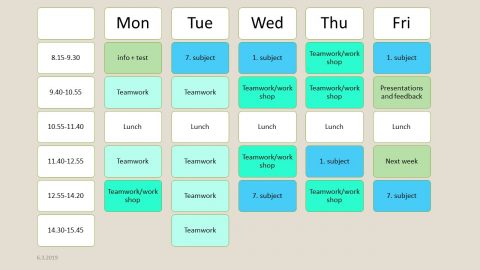
Example timetable
Learning in the Finnish high school has previously had a strong focus on the individual student and the Matriculation Examination. Learning and teaching both, have been lonely jobs. Today, there is a change towards more collaborative methods.
In the autumn 2016 schools in Finland started to work with the new core curriculum, and we were definitely taking a step into a new direction. The new core curriculum emphasizes co-operation, student-centered methods, problem-based approaches and the use of technology. But still, the students are too often educated into a system where they are told what to learn, how to learn and when to learn. It’s extremely important to teach the students to take responsibility of their own studying and to become more aware of themselves as learners. I strongly believe that when students “own” their own learning, learning becomes more meaningful and interesting.
Finnish high schools have used different team learning methods several years already. The goal is to develop a learning environment, where the teachers more or less “coach” the students in their studies. Teachers focus on personalized learning environments and do it together. Teachers work as a team to plan, execute and assess learning. Problem-based and phenomenon-based methods are often used and of course students work in teams.
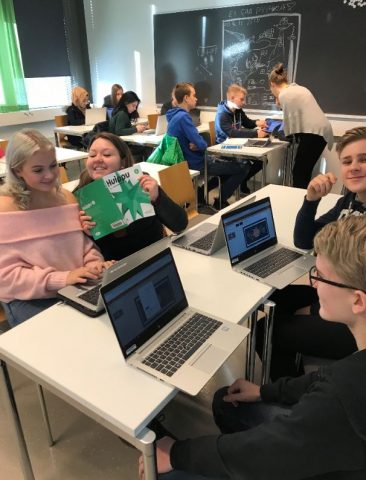 Team learning is not a new pedagogical tool. For example, Team-based learning (TBL) is a collaborative learning and teaching strategy that enables people to follow a structured process to enhance student engagement and the quality of learning. The term and concept were first popularized by Larry Michaelsen at the University of Oklahoma, as early as the 1970s. After that it has been a popular training tool in the corporate world and especially after 1990 when Peter Senge introduced the “learning organization” concept.
Team learning is not a new pedagogical tool. For example, Team-based learning (TBL) is a collaborative learning and teaching strategy that enables people to follow a structured process to enhance student engagement and the quality of learning. The term and concept were first popularized by Larry Michaelsen at the University of Oklahoma, as early as the 1970s. After that it has been a popular training tool in the corporate world and especially after 1990 when Peter Senge introduced the “learning organization” concept.
Team learning is based on four underlying principles: team formation, student accountability, carefully designed learning assignments and frequent and immediate feedback. In team learning the team plays, of course, the major part. So, what makes a team a good learning group? Teachers have used learning groups for ages, what makes this so special?
The key is collaboration, one of the key skills of the 21st century learner. To me the difference between cooperation and collaboration is as follows: cooperation can be defined as working together to accomplish a goal or goals. A cooperative task can be divided among the participants so that each person is only responsible for their own part of the task. The group is usually more focused on the end product, than working together. Collaboration then again is working and thinking together to accomplish a shared goal. Successful collaboration requires participants to share knowledge in interaction. Collaboration requires dialogue throughout the process to have a shared vision and a goal.
In team learning there is a high positive interdependence. Team members are responsible for their own and each other’s learning. They promote each other’s success and do real work together. Help and support each other. In team learning the teamwork skills are emphasized, the members are taught and expected to use their social skills. And what is important, group’s continuous improvement is emphasized, and they are given immediate feedback on their success.
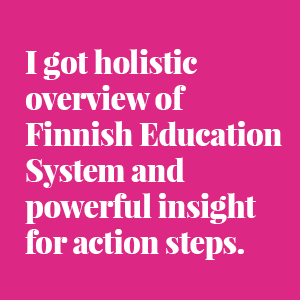
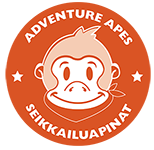
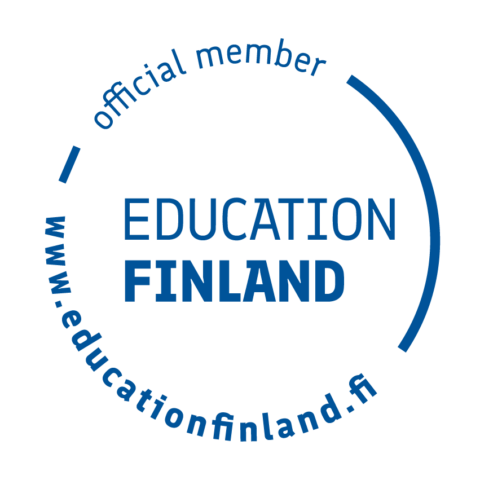
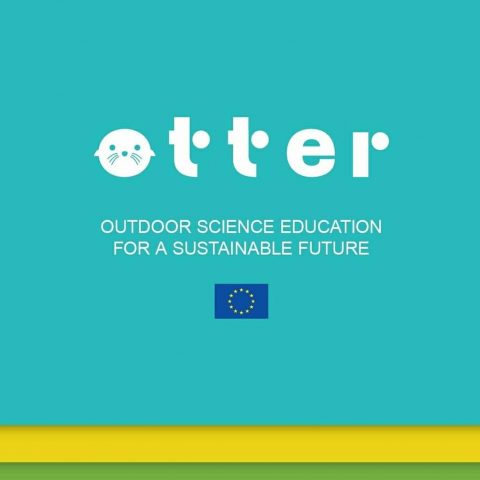

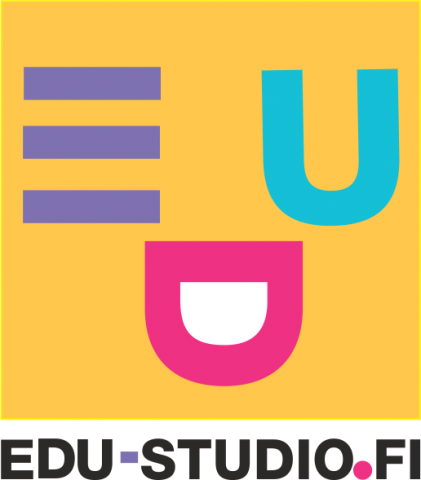

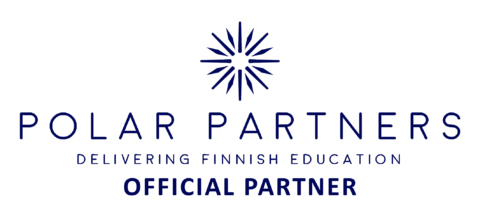
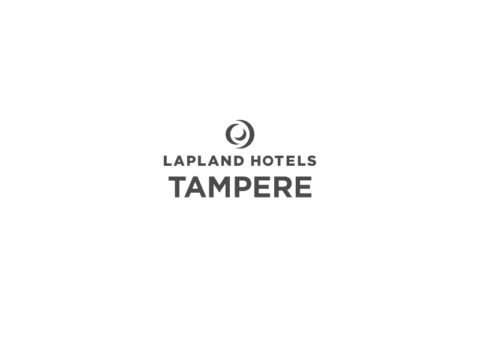
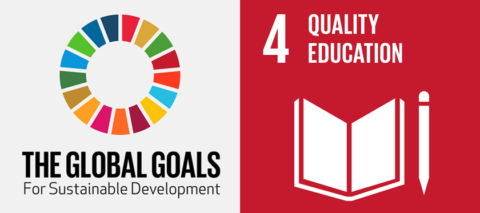

Follow us: